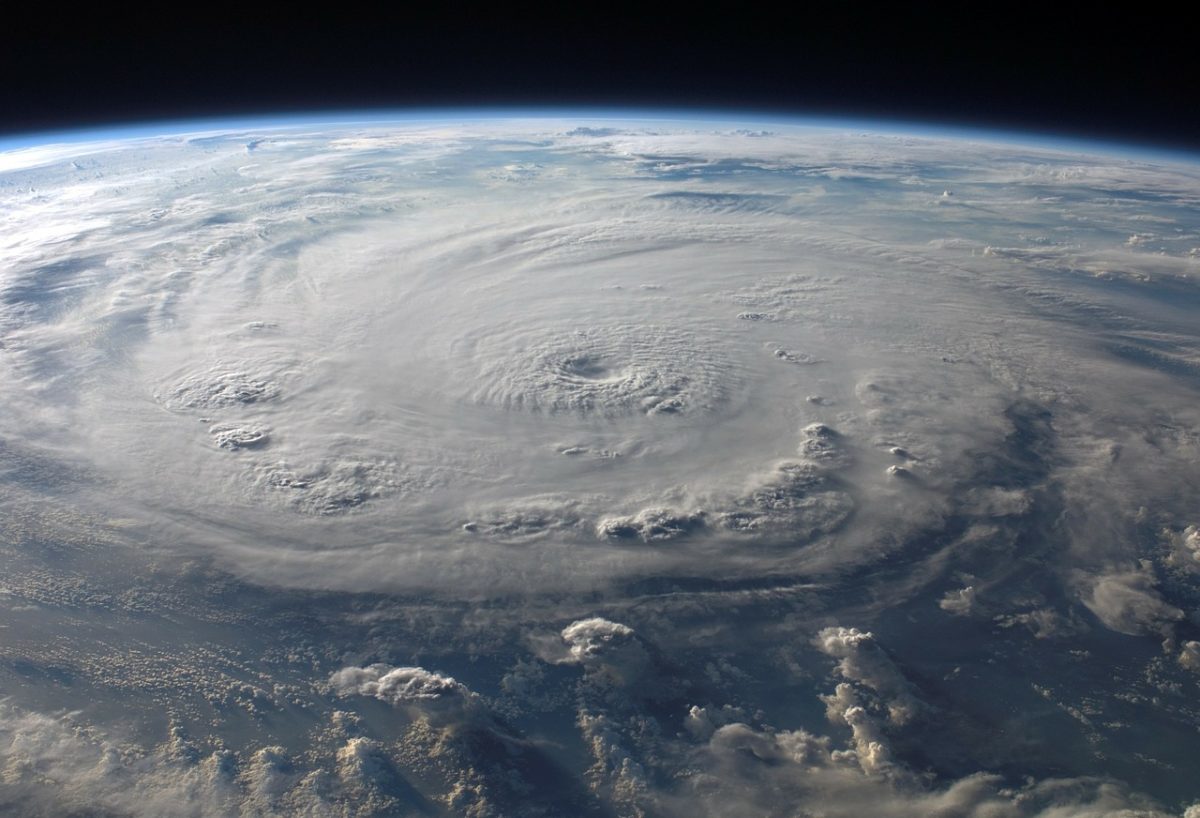From pv magazine Global.
Recent years have provided many examples of the damage extreme weather events can do to ground-mounted and rooftop solar installations. And while conditions in the Caribbean make the region ideal for solar in many ways, hurricanes are a recurring threat.
The Select Best Practices for Resilient Roof-Mount PV Systems with Hurricane Exposure report published by the Rocky Mountain Institute (RMI), is based on the findings of structural engineers who examined the post-hurricane state of 25 rooftop systems on five Caribbean islands. The engineers noted similarities in systems which failed under the strain of high winds as well as shared characteristics of systems which survived.
The RMI noted, standards for rooftop PV in high-wind zones are still lacking and many systems have been installed in line with low-wind-speed designs borrowed from Europe and the U.S. The institute published a similar report in 2018 which analyzed ground-mounted PV systems faced with extreme weather and the organization is looking to repeat the exercise for rooftop solar.
System failures
“The first Solar Under Storm [study] was one of [the] RMI’s most popular reports in 2018,” said Chris Burgess, project director for the RMI’s Islands Energy Program. “It provides a set of best practices for ground-mounted solar projects in high-wind zones. The report was adopted into the Eastern Caribbean Building Code and is used to inform technical requirements for utility scale projects across the Caribbean.”
The new report uncovers various root causes of system failure and makes recommendations for wind-proofing rooftop PV in the Caribbean. The suggested solutions focus on appropriate use of hardware such as clamps and ballast, comprehensive processes for inspection and quality assessment, and crucially, collaboration between suppliers, installers and system owners.
Minimal extra cost
The rooftop study also found, while the cost of storm-proofing measures is very site and project-specific, in general the cost of employing such measures amounted to an increase of only 5% or so. Costs are incurred in engineering, procurement and construction (EPC) thanks to the additional labor needed and extra hardware, in the form of higher-rated modules, racking supports and fasteners. As an example, the institute said implementing its recommendations to a 250 kW rooftop installation in the Caribbean added around $30,000 in EPC costs. “Additional mitigation costs for resilience are dynamic, due to both the global supply chain and continuous improvements,” read the report, “but regardless, have proven to be money well spent for those exposed to hurricanes, typhoons and other high-wind events.”
The RMI’s Burgess added: “Rooftop solar is a critical energy asset that is experiencing tremendous growth globally. Solar is the number one source of electricity for many island nations so it is important to understand how to secure these assets from major storms.”
This content is protected by copyright and may not be reused. If you want to cooperate with us and would like to reuse some of our content, please contact: editors@pv-magazine.com.









By submitting this form you agree to pv magazine using your data for the purposes of publishing your comment.
Your personal data will only be disclosed or otherwise transmitted to third parties for the purposes of spam filtering or if this is necessary for technical maintenance of the website. Any other transfer to third parties will not take place unless this is justified on the basis of applicable data protection regulations or if pv magazine is legally obliged to do so.
You may revoke this consent at any time with effect for the future, in which case your personal data will be deleted immediately. Otherwise, your data will be deleted if pv magazine has processed your request or the purpose of data storage is fulfilled.
Further information on data privacy can be found in our Data Protection Policy.